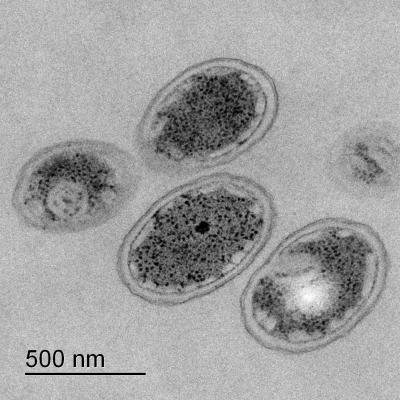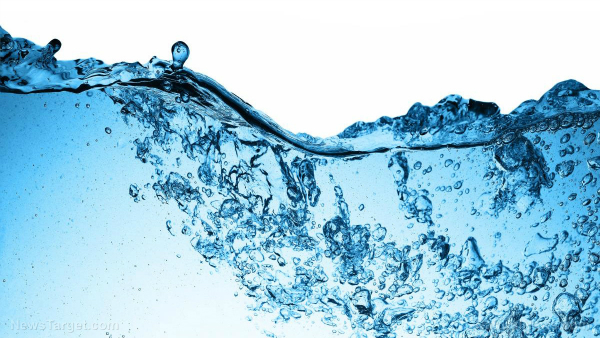Nano-sensors and identification of microbes and harmful substances in water sources (PhD in nano and microelectronics)
Researcher and author: Dr. ( Afshin Rashid)
Note: With the advent of nanoscience and nanotechnology and the possibility of making electrodes on a very small scale, the construction of nanometer sensors was also possible. These sensors, due to their nanometer size and their application in environmental environments, were named nano-biosensor (biosensors).
Nano-sensors, bio-electrode cell dimensions are very small in size in the nanometer and through consolidation of certain enzymes on their surface, to detect chemical or biological species are sensitive to the elements. Over the past few years, the nanofiltration method has flourished. Physical filters with nanometer-sized pores can completely screen bacteria, viruses and even small protein units. Salts and heavy materials can be separated from water using electrical separators that absorb ions through the capacitor superchargers. In nanofiltration, separation is based on the size of the molecule and is a compression process. This method is primarily for the removal of organic components such as micronutrients and polyvalent ions. Other applications of nanofiltration include the removal of chemicals added to water to kill harmful organisms, the removal of heavy metals, wastewater treatment, decolorization and removal of contaminants, and the removal of nitrates.
Nanofiltration can produce clean water from almost any water source and kill all bacteria in the water. It also facilitates the use of purification methods. Using nanofilters, minerals needed for human health remain in the water and toxic and harmful substances are removed. The availability of safe and healthy water is one of the most important issues that human beings face and gradually and with increasing water consumption, pollutants also pollute water resources in various ways, and this issue will be more important in the future. Becomes. To produce filters using carbon nanotubes that, in addition to removing nanoscale contaminants from water sources, can separate heavy hydrocarbons from crude oil. The use of carbon nanotubes in the manufacture of filters makes it easy to clean, increases strength, reusability and heat resistance. These filters are very accurate and can remove viruses as large as 25 nanometers from larger pathogens such as E. coli. Reducing costs as well as controlling the amount of contaminants in treated water are other benefits of using this method.
Conclusion :
With the advent of nanoscience and nanotechnology and the possibility of making electrodes on a very small scale, the construction of nanometer sensors became possible. These sensors, due to their nanometer size and their application in environmental environments, were named nano biosensors (biosansors).
Researcher and author: Dr. ( Afshin Rashid)
PhD in Nano-Microelectronics




